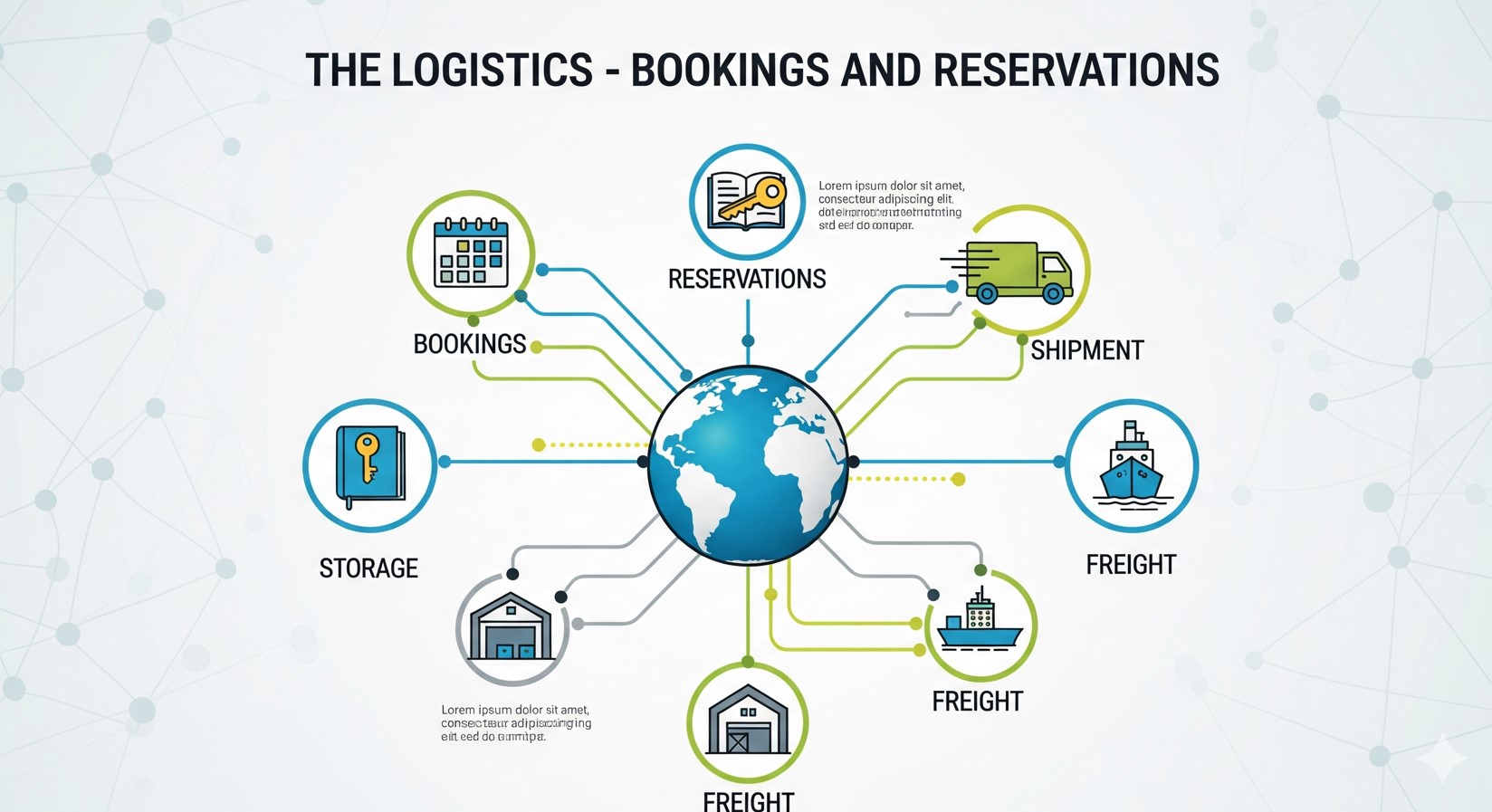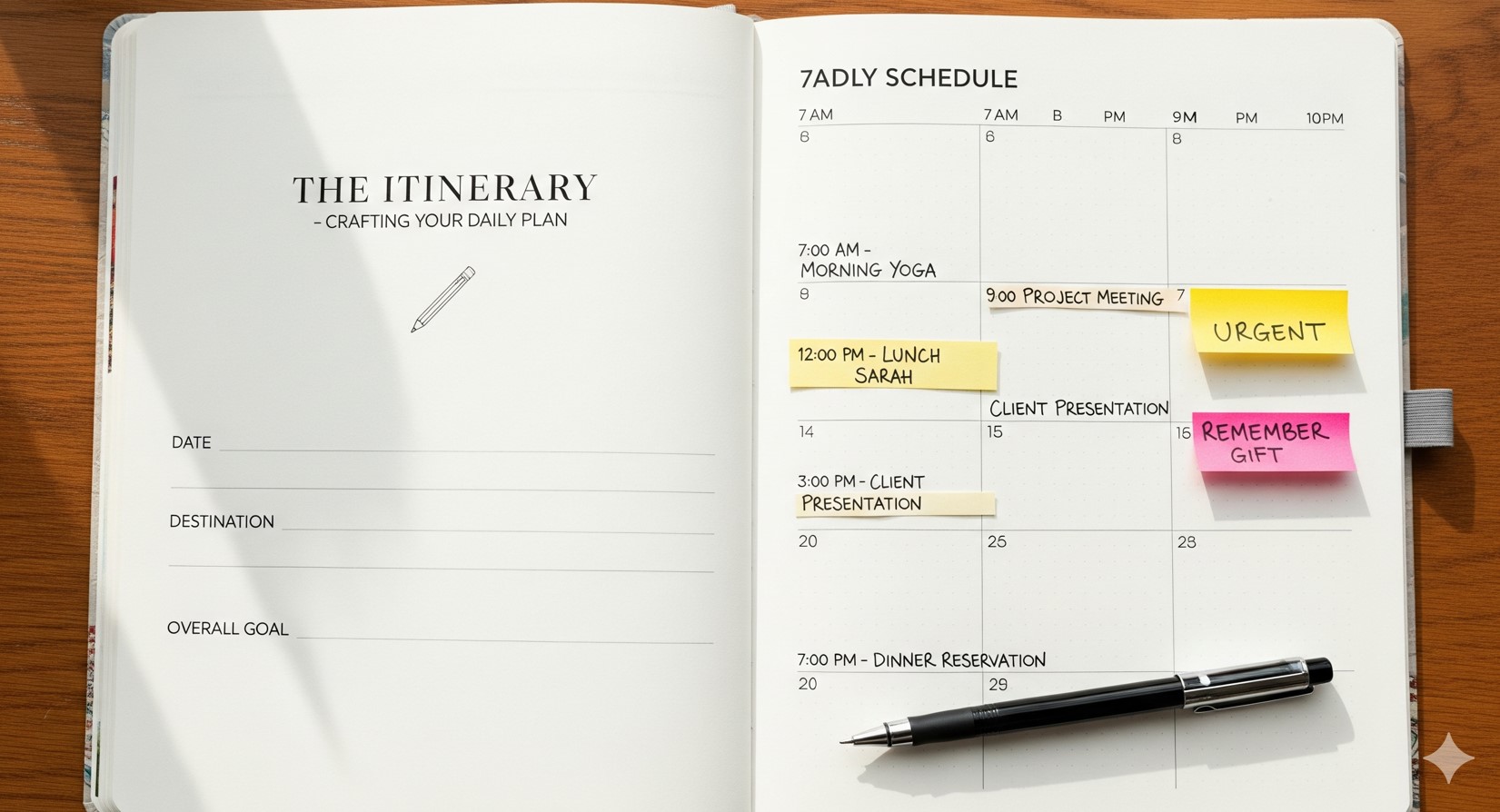The Thrill of a Blank Map: Turning Wanderlust into Reality
Every great adventure begins with a single thought, a spark of wanderlust that whispers of distant shores, bustling cities, and serene landscapes. It’s the thrill of the unknown, the allure of a blank page in your personal storybook. But how do you transform that abstract dream into a tangible, breathtaking reality? The answer lies in the art of planning. For some, “planning” can sound like a chore—a word that strips the spontaneity from adventure. In reality, thoughtful planning is the scaffolding that supports an incredible journey. It’s the secret ingredient that allows you to immerse yourself in the moment, free from the stress of last-minute scrambles and preventable mishaps. It empowers you to be spontaneous within a framework of security and knowledge.
This guide is your comprehensive roadmap, designed to walk you through every stage of the trip planning process. From the first seed of an idea to the final check before you walk out the door, we’ll cover everything you need to craft a seamless, unforgettable travel experience. Whether you’re a seasoned globetrotter looking to refine your process or a first-time traveler feeling overwhelmed, consider this your trusted companion. Let’s begin the exciting process of turning your dream into a destination.
Step 1: The Foundation – Where, When, and Why?
Before you can book a flight or pack a bag, you need a solid foundation. This initial phase is all about introspection and broad-stroke decisions that will define the very nature of your trip.
Choosing Your Destination: The Heart of the Matter
The world is vast and full of wonders, which can make choosing a single destination feel daunting. Start by asking yourself the big “why.” What are you seeking from this trip?
- Relaxation: Are you dreaming of white-sand beaches, turquoise waters, and a hammock swaying in the breeze? Think the Maldives, the Caribbean, or the coastal towns of Thailand.
- Adventure: Do you crave adrenaline-pumping activities like hiking, zip-lining, or diving? Consider Costa Rica, New Zealand, or the national parks of the United States.
- Culture & History: Is your goal to wander through ancient ruins, explore world-class museums, and immerse yourself in history? Italy, Egypt, Japan, or Peru could be your calling.
- Cuisine: Are you a foodie looking to tantalize your taste buds? The street food stalls of Vietnam, the tapas bars of Spain, or the pasta kitchens of Italy await.
Once you have a general idea, factor in your budget and available time. A two-week trip to Southeast Asia is feasible, but a weekend trip from Europe is not. Use resources like Pinterest, travel blogs, and Instagram to gather inspiration, but always align your choice with your core travel desires.
Timing is Everything: Picking the Perfect Season
When you travel can be just as important as where you travel. Every destination has its peak season, shoulder season, and off-season, each with its own pros and cons.
- Peak Season: This usually coincides with the best weather. However, it also means larger crowds, higher prices for flights and accommodation, and the need to book everything well in advance.
- Shoulder Season: The months just before and after peak season. This is often the sweet spot for travel, offering a great balance of pleasant weather, fewer crowds, and more reasonable prices.
- Off-Season: This period might have less-than-ideal weather (e.g., monsoon season, freezing winters), but it offers the lowest prices and the fewest tourists. It can be a fantastic option for budget travelers who don’t mind a bit of rain or cold.
Defining Your Travel Style: Backpacker or Boutique?
Your travel style dictates your budget, accommodation choices, and daily activities. Are you a shoestring backpacker happy with hostels and street food, or do you prefer the comfort of boutique hotels and fine dining? Perhaps you’re somewhere in the middle. Being honest about your preferences will make budgeting and booking much easier. There’s no right or wrong way to travel; the best way is the one that makes you happy.

Step 2: The Blueprint – Budgeting and Finances
Money is often the biggest hurdle in travel, but with a solid budget, you can make almost any trip happen. A well-planned budget is a tool of empowerment, not restriction.
The Pre-Trip Costs: Big-Ticket Items
These are the major expenses you’ll incur before you even leave home. Account for them first:
- Flights/Transportation: Often the largest single expense. Start tracking prices early.
- Accommodation: If you plan to pre-book your stays, calculate the total cost.
- Visas: Check the visa requirements for your destination. Some can be costly and take time to process.
- Travel Insurance: A non-negotiable expense. It protects you from unforeseen medical emergencies, trip cancellations, and lost luggage.
- Vaccinations: Consult a travel clinic to see if you need any shots for your destination.
The On-the-Ground Budget: Daily Expenses
Research the average daily cost of travel in your chosen destination. This will vary wildly between, say, Switzerland and Vietnam. Break it down into categories:
- Food & Drink: Will you be eating at local markets or upscale restaurants?
- Activities & Tours: List your must-do activities (e.g., museum tickets, guided tours, national park fees) and estimate their costs.
- Local Transport: Taxis, public transit, or ride-sharing apps.
- Shopping & Souvenirs: Set a limit for yourself.
- Contingency Fund: Always add an extra 10-15% to your total budget for unexpected expenses. A missed train, a sudden craving for a fancy meal, or a medical issue can happen.
Smart Saving Strategies to Fund Your Dream
Once you have a target number, create a savings plan. Set up a dedicated travel savings account. Automate weekly or monthly transfers. Look for ways to cut back on daily expenses, like brewing your own coffee or canceling unused subscriptions. Every small amount adds up over time.
Step 3: The Logistics – Bookings and Reservations
With your budget set and destination chosen, it’s time to start making commitments. This is where your trip begins to feel real.

Mastering the Art of Booking Flights
Booking flights can feel like a game, but with the right strategy, you can win. Use flight comparison websites like Google Flights, Skyscanner, or Momondo to search for the best deals. Be flexible with your dates if possible; flying on a Tuesday or Wednesday is often cheaper than on a weekend. Consider flying into a nearby, smaller airport. Sign up for airline newsletters to get alerts on sales. Generally, the sweet spot for booking international flights is 2-8 months in advance.
Finding Your Home Away From Home: Accommodation
Your choice of accommodation sets the tone for your trip. The options are endless:
- Hostels: Ideal for budget travelers and solo adventurers looking to meet people.
- Hotels: Range from budget chains to luxury resorts, offering privacy and amenities.
- Vacation Rentals (e.g., Airbnb, Vrbo): Great for longer stays, families, or those who want a kitchen and a more local feel.
- Guesthouses & B&Bs: Offer a cozier, more personal experience.
Read recent reviews carefully, paying attention to comments on cleanliness, location, and safety. Location is key—staying somewhere central can save you significant time and money on transportation.
Step 4: The Itinerary – Crafting Your Daily Plan
An itinerary is not a rigid script; it’s a flexible framework to ensure you make the most of your time without feeling rushed.

The Art of a Balanced Itinerary
Avoid the common mistake of over-scheduling. Travel fatigue is real. A good itinerary balances must-see attractions with downtime. Group activities by geographical location to minimize travel time between sites. For a 10-day trip, plan 2-3 major activities per day and leave the rest open for wandering, relaxing in a cafe, or stumbling upon a hidden gem.
Research, Research, Research: Tools and Resources
Dive deep into your destination. Read travel blogs, watch YouTube vlogs, and consult guidebooks (digital or physical). Use tools like Google Maps to plot your points of interest and understand the layout of the city. Look for information on local customs, basic phrases in the local language, and any potential scams to be aware of.
Leaving Room for Spontaneity
Some of the best travel memories come from unplanned moments. The charming side street you discovered, the local festival you stumbled upon, the conversation you struck up with a shopkeeper. Intentionally leave unscheduled blocks of time in your itinerary. This is where the magic happens.
Step 5: The Preparation – Packing and Paperwork
As your departure date nears, it’s time to focus on the practicalities of packing and ensuring your documents are in order.
The Ultimate Packing Checklist: Pack Smart, Not Hard
The golden rule of packing is to lay out everything you think you need, and then put half of it back. Focus on versatile, comfortable clothing that can be layered. Check the weather forecast right before you leave. Key items include:
- Weather-appropriate clothing (think layers)
- Comfortable walking shoes
- A universal power adapter
- A portable battery pack (power bank)
- A basic first-aid kit (pain relievers, band-aids, antiseptic wipes, any personal medications)
- Reusable water bottle
Use packing cubes to stay organized and compress your clothing. Roll, don’t fold, to minimize wrinkles.
Essential Documents and Digital Copies
Your documents are your lifeline. Keep them safe and accessible. Your document checklist should include:
- Passport/ID: Ensure it’s valid for at least six months beyond your travel dates.
- Visas: If required.
- Flight/Hotel/Tour Confirmations: Printouts or easily accessible digital versions.
- Travel Insurance Policy: Have the policy number and emergency contact info handy.
Create a digital backup of everything. Email copies to yourself and a trusted friend or family member, and save them to a secure cloud service like Google Drive or Dropbox.
Step 6: The Final Countdown – Last-Minute Checks
In the final days before you depart, run through this checklist to ensure a smooth takeoff.
- Notify Your Bank: Inform your credit and debit card companies of your travel dates and destinations to prevent them from flagging your transactions as fraudulent.
- Communication: Set up an international roaming plan with your mobile provider, or plan to buy a local SIM card upon arrival.
- Currency: Exchange a small amount of cash to have on hand for immediate expenses like a taxi from the airport. Rely on ATMs for better exchange rates once you arrive.
- Home Preparations: Arrange for pet care, have your mail held, and ask a neighbor to keep an eye on your place.
- Charge Everything: Make sure your phone, power bank, camera, and any other electronics are fully charged.
- Get into the Travel Mindset: Read a book or watch a movie set in your destination to build excitement. Accept that things might not always go perfectly, and that’s part of the adventure.
Conclusion: Your Adventure Awaits
You’ve done it. You’ve navigated the intricate labyrinth of trip planning, transforming a vague desire into a well-structured, actionable plan. The research, the budgeting, the booking—it all culminates in this moment. The hard part is over. Now, all that’s left is to close your suitcase, head to the airport, and embrace the journey ahead. Remember that your meticulous planning has earned you the freedom to be present, to savor every new sight, sound, and taste. The world is waiting for you. Go explore it.








